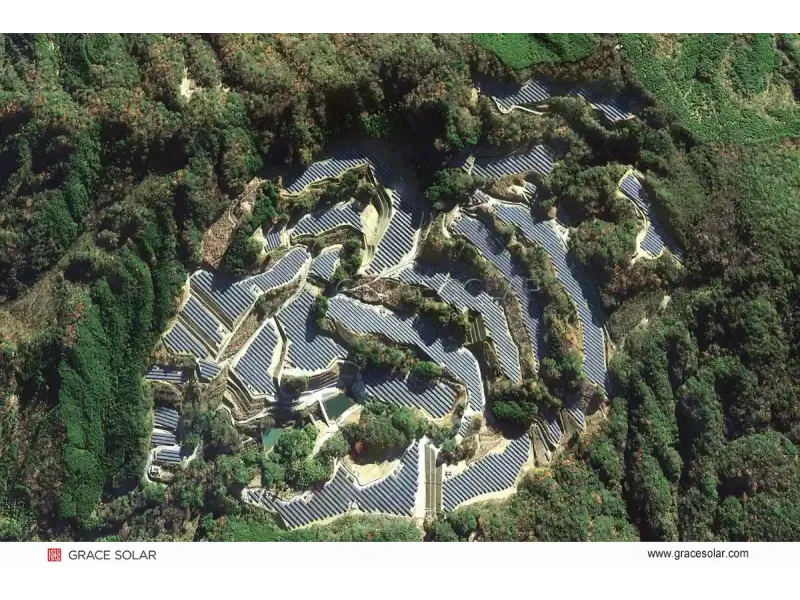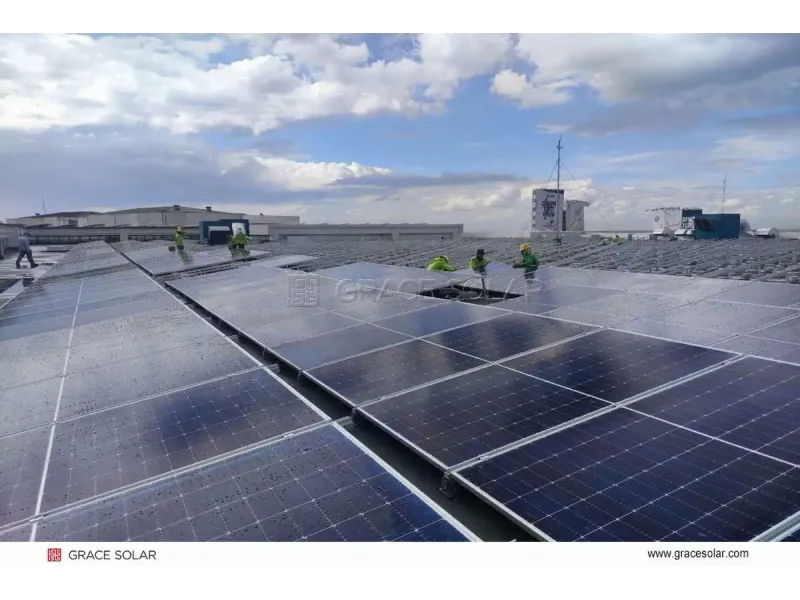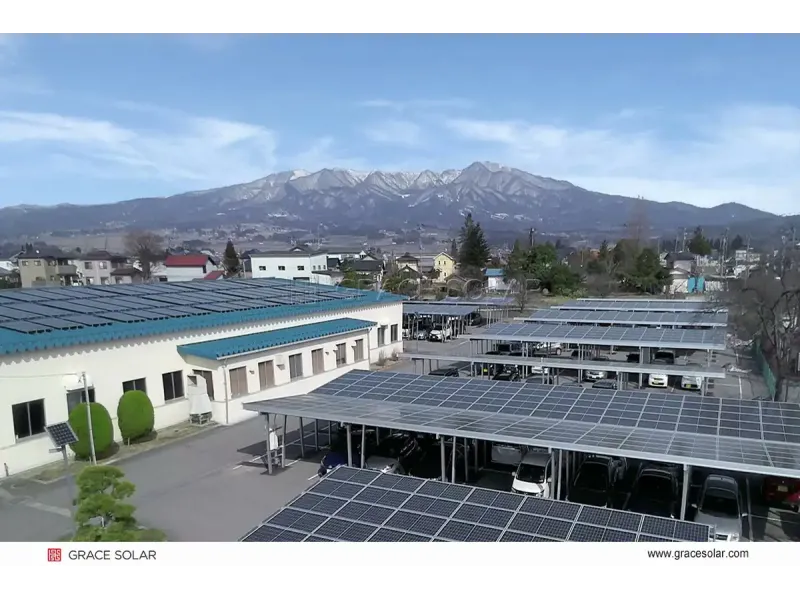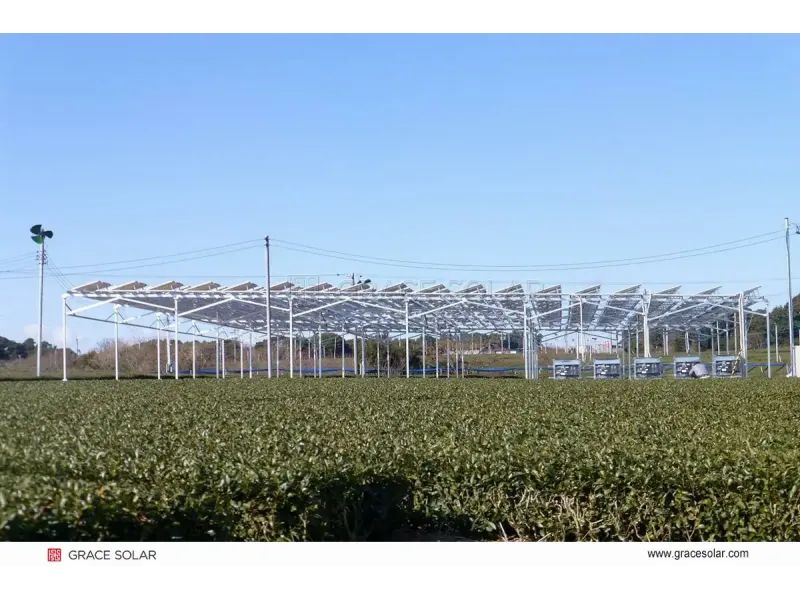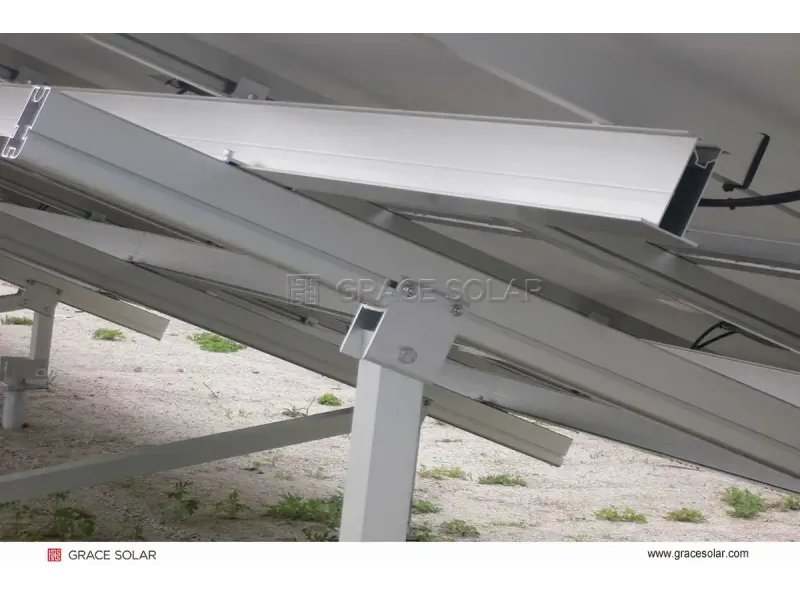RENEWABLE TECHNOLOGY
What Is A Solar Tracker? The Ultimate Guide to Sun-Following Systems
Discover how advanced solar tracking systems boost energy output by 45%, reduce LCOE costs, and conquer challenging terrains
The Science Behind Solar Tracking
Solar trackers are intelligent mounting systems that dynamically adjust photovoltaic panels to follow the sun's daily path across the sky. Unlike fixed installations that maintain stationary angles, these electromechanical systems optimize sun exposure through:
- Real-time sun positioning using GPS coordinates and azimuth calculations
- Hybrid sensor technology combining tilt sensors and cloud detection
- Weather-responsive algorithms automatically activating storm protection modes
By maintaining near-perpendicular alignment with incoming sunlight throughout the day, modern trackers increase energy yield by 25-45% compared to fixed systems. Explore tracking system technologies →
Single Axis vs Dual Axis Solar Trackers
| Feature | Single Axis | Dual Axis |
|---|---|---|
| Motion Capability | East-West rotation (±60°) | Full azimuth + elevation tracking (±50°) |
| Energy Gain | 25%-35% vs fixed systems | 35%-45% vs fixed systems |
| Slope Adaptation | 20% North-South incline | 15% N-S + unlimited East-West |
| Optimal Applications | Large-scale plants, irregular terrain | Bifacial modules, high-LCOE regions |
Single Axis Advantages
- Adapts to steep 20% inclines
- Ultra-low consumption <0.02kWh/day
- Cost-effective implementation
Dual Axis Innovations
- Multi-drive structural reinforcement
- Wind tunnel certified protection
- AI-enhanced tracking algorithms
Revolutionary Tracking Technologies
Multi-Point Drive Systems
Advanced trackers utilize 3-5 synchronized motors per row, increasing structural stiffness by 20% versus traditional single-point drives. This engineering breakthrough ensures stability in extreme conditions up to 47m/s (166 km/h) winds - a vital feature for coastal and typhoon-prone regions. See technical specifications →
Intelligent Weather Response
Cloud Optimization
Detects diffused light patterns to maintain optimal angles
Storm Protection
Auto-flattens panels at 18m/s winds (64km/h)
Power Optimization Synergy
Integrating with MPPT (Maximum Power Point Tracking) technology further boosts output by 10-15%. These systems continuously adjust electrical loads to match panel characteristics with sun intensity. Learn about MPPT-tracker integration →
Industry-Specific Applications
Agricultural Photovoltaics
Tracking systems enable panel elevation optimization for crop compatibility. Key benefits:
- Adjustable clearance for farm equipment
- Dynamic shading control for specific crops
- 20% yield increase on uneven farmland
Floating Solar Installations
Corrosion-resistant designs with stabilization technology for water environments:
- Saltwater-compatible aluminum-magnesium drives
- Wave motion compensation algorithms
- Automated cleaning system integration
High-Yield Power Plants
Utility-scale implementations leverage:
- Centralized monitoring via LoRa/Zigbee networks
- 30% reduction in foundations/support structures
- Wireless OTA firmware updates
"Solar trackers represent the pinnacle of photovoltaic optimization - transforming static installations into sun-harvesting power factories"

